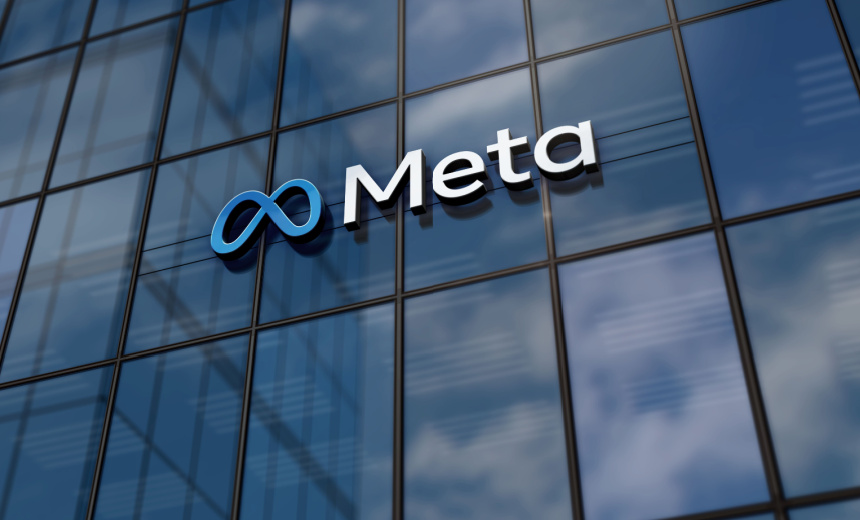Artificial Intelligence & Machine Learning,
Next-Generation Technologies & Secure Development
‘Frontier AI Framework’ Outlines Risk Categories and Response Strategy

Meta has announced new restrictions on the release of its advanced artificial intelligence models, implementing criteria for categorizing and mitigating the risks associated with potentially dangerous systems. This initiative is encapsulated within the company’s newly developed Frontier AI Framework, which delineates two distinct risk categories: high and critical. High-risk systems are flagged as capable of facilitating cybersecurity breaches or causing significant disruptions through chemical or biological means, though the specific outcomes are deemed uncertain. In contrast, critical-risk models are flagged for their potential to enable catastrophic events, with no available mitigation strategies to avert such occurrences.
The potential threats identified by Meta include the use of AI for corporate cyber intrusions and the emergence of advanced biological weapons, with the company indicating that this list is not exhaustive but rather encapsulates their primary concerns associated with deploying advanced AI models. Despite the establishment of these frameworks, Meta acknowledges the absence of an empirical assessment tool for measuring risk, instead relying on evaluations from internal and external experts, complemented by oversight from senior leadership in the decision-making process. Current risk assessment methodologies are not sufficiently advanced to yield definitive conclusions regarding the safety of these systems, according to the company.
Moving forward, Meta has committed to restricting internal access to high-risk models and delaying their release until they can be adjusted to a more moderate risk classification. Should a model be identified as critical risk, development will be suspended until effective security measures are implemented to prevent information leaks. This strategy appears to be a direct response to increasing scrutiny of Meta’s AI policies, especially given the company’s previous stance advocating for an open development approach. Notably, Meta has released numerous models, including the Llama series, with fewer constraints compared to competitors like OpenAI, which maintains tighter controls through API restrictions. This open strategy has fostered widespread adoption but has also attracted criticism, including alarming reports suggesting that U.S. adversaries could exploit Llama’s capabilities for developing AI-driven defense tools.
To address growing concerns and differentiate itself from competitors, notably the Chinese AI firm DeepSeek, which has similarly embraced open development but has faced backlash for inadequate safeguards, Meta emphasizes that the Frontier AI Framework will continually evolve alongside advancements in AI technology and associated risks. The company believes that judiciously balancing the benefits and risks of advanced AI will allow for responsible deployment within society, ensuring the preservation of its advantages while effectively managing potential dangers.
While Meta has not explicitly detailed the security protocols for critical-risk AI systems, nor addressed whether external audits will factor into its risk assessment framework, the company’s approach suggests an increasing recognition of the need for comprehensive oversight and risk management in the rapidly evolving landscape of artificial intelligence. Through these initiatives, Meta aims to navigate complex ethical considerations while reinforcing its commitment to developing responsible AI technologies that safeguard societal interests against emergent cybersecurity threats.
